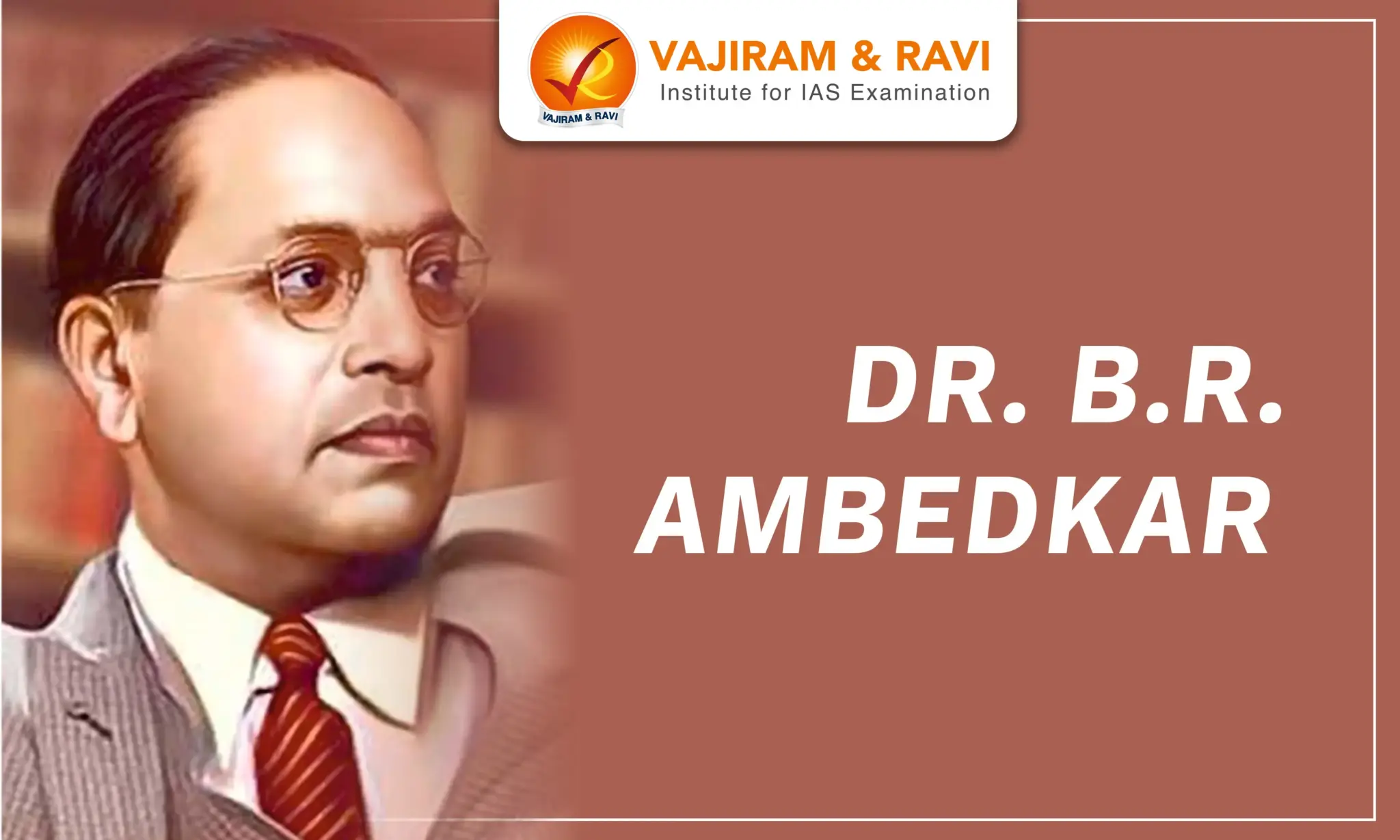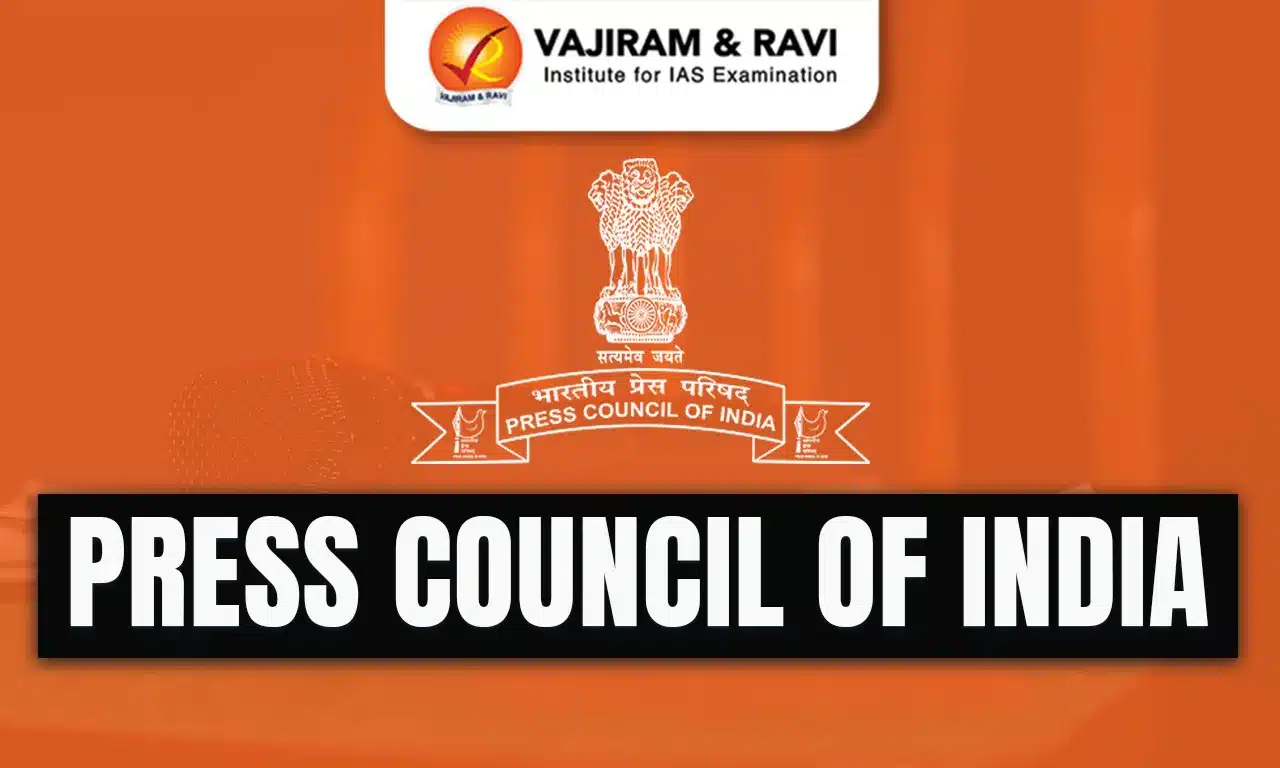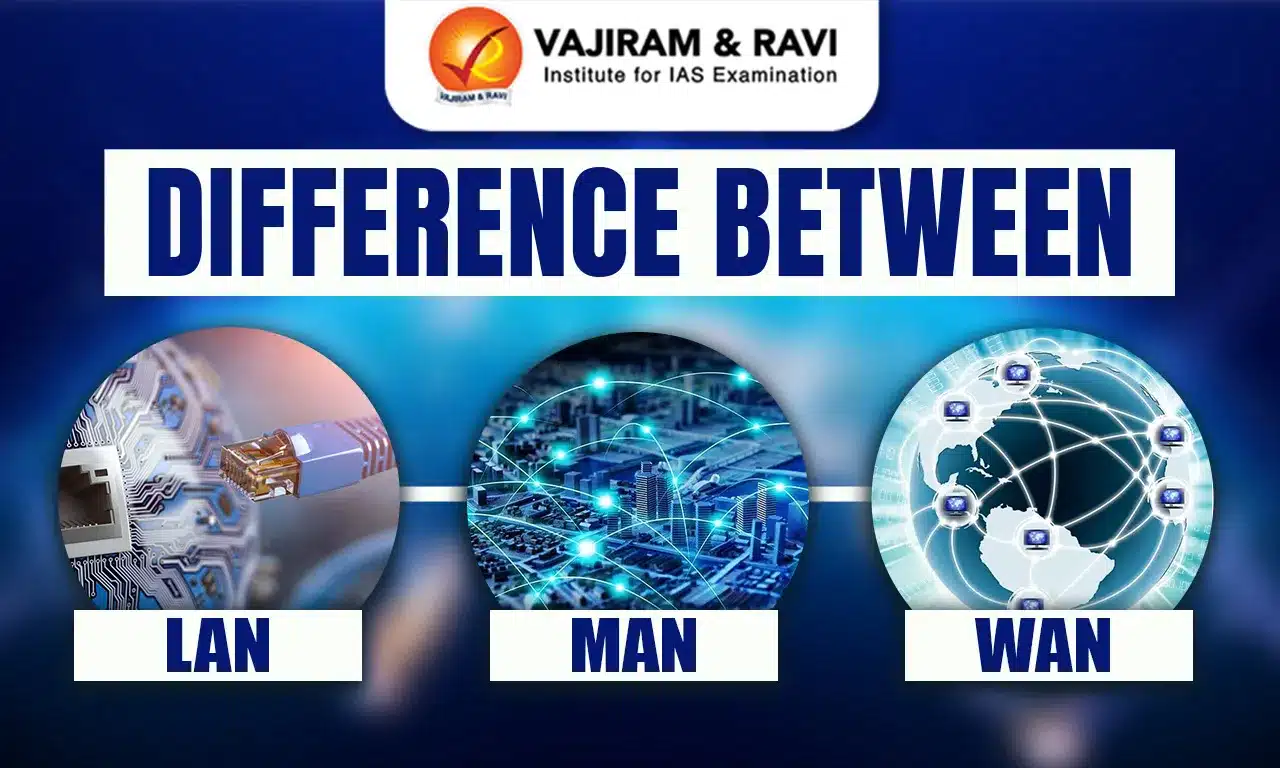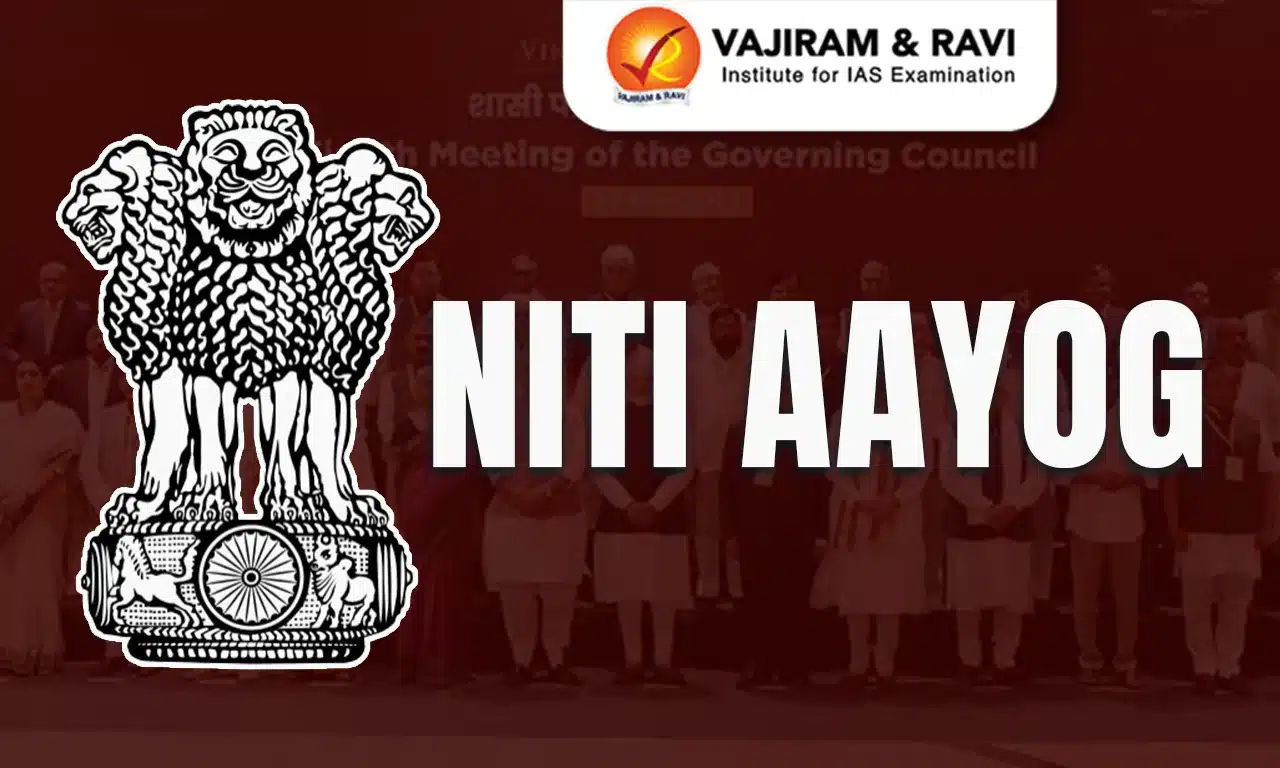Bhimrao Ramji Ambedkar, also known as the “Architect of the Indian Constitution,” was a pioneering leader, social reformer, and champion of Dalit rights. Born into a Dalit “untouchable” family, Ambedkar overcame immense social discrimination to become one of the most educated Indians of his time, earning doctorates in law and economics.
His contributions span across drafting the Indian Constitution, advocating for the rights of marginalized communities, and fighting tirelessly to end untouchability. As India’s first Law Minister, he introduced reforms promoting social justice and equality. His legacy continues to inspire movements for equality and justice in India and beyond.
Dr BR Ambedkar
Dr BR Ambedkar was born on April 14, 1891, in Mhow, Madhya Pradesh, into a Dalit Mahar family, which faced severe social discrimination due to the rigid caste system of that time. His father, Ramji Maloji Sakpal, served in the British Indian Army, while his mother, Bhimabai, was a homemaker.
Dr BR Ambedkar’s Early Life
As a child, Ambedkar experienced the painful reality of untouchability. He was often denied access to basic public facilities like water, was forced to sit separately in school, and was treated with disdain by teachers and classmates. This early exposure to caste-based oppression deeply impacted Ambedkar, instilling in him a lifelong determination to fight for the dignity and rights of marginalized communities.
Dr BR Ambedkar Education
Ambedkar began schooling at a local government school in Satara, Maharashtra, where he excelled academically despite facing caste discrimination. After completing matriculation in 1907, he became one of the first Dalits to attend Elphinstone College, earning a B.A. in Economics and Political Science in 1912. In 1913, he received a scholarship from Maharaja Sayajirao Gaikwad of Baroda to pursue higher studies in the U.S.
- Columbia University: Ambedkar completed his M.A. in 1916 with a thesis on “The Administration and Finance of the East India Company” and later submitted his Ph.D. dissertation titled “The Evolution of Provincial Finance in India.”
- London School of Economics: Ambedkar earned a D.Sc. in Economics from LSE and trained as a barrister at Gray’s Inn, London, establishing himself as one of the most educated individuals of his era.
Dr BR Ambedkar’s Advocacy for Dalit Rights
Dr BR Ambedkar dedicated his life to advocating for the rights of Dalits, who were historically oppressed and marginalized under the rigid caste system. He was a staunch opponent of untouchability and tirelessly fought for the dignity, equality, and social justice of Dalits. His seminal works, “Annihilation of Caste” and “Who Were the Shudras ?” played pivotal roles in this advocacy.
Dr BR Ambedkar Mahad Satyagraha
The Mahad Satyagraha of 20 March 1927 was one of Ambedkar’s most significant movements for Dalit rights. The protest aimed to assert the right of Dalits to access public water tanks, which were forbidden to them due to their caste status. Held in the town of Mahad, Maharashtra, Ambedkar led thousands of Dalits in defiance of the caste-based prohibition on accessing the Chavdar Lake. Similar goals were pursued in 1930 by the Kalaram Temple Movement to protect Dalits’ access to Hindu temples.
Dr BR Ambedkar Organisations Started for Dalits
To further his cause, Ambedkar founded several organizations to unite Dalits and provide them with a platform to fight for their rights. In 1924, he established the Bahishkrit Hitakarini Sabha, aimed at promoting education and socio-economic upliftment among the marginalized. Its motto was: ‘Educate, Agitate and Organise’.
- In 1936, he formed the Independent Labour Party to represent the interests of the working class, particularly focusing on the rights and welfare of Dalits.
- Later he transformed the Independent Labour Party into the Scheduled Castes Federation in 1942, focusing on representing Dalits politically and securing their civil rights.
These organizations played key roles in mobilizing Dalits and shaping the Dalit political movement in India.
Newspapers Started by Dr BR Ambedkar
Ambedkar used journalism as a tool to spread awareness about Dalit rights and social justice. He founded several newspapers to voice the concerns of Dalits and challenge the caste system. In 1920, he launched the weekly Mooknayak (Leader of the Silent), which highlighted the issues of untouchability and caste oppression. Later, he started Bahishkrit Bharat in 1927, and Janata in 1930, both focusing on social reform and the rights of marginalized communities.
Dr BR Ambedkar Round Table Conference
Dr. Ambedkar played a prominent role in the Round Table Conferences held in London between 1930 and 1932, which were organized to discuss India’s constitutional reforms under British rule. Representing the Dalit community, Ambedkar demanded separate electorates and greater political representation for Dalits to safeguard their rights. His advocacy led to the inclusion of separate electorates for Dalits in the Communal Award of 1932. His participation in all three Round Table Conferences highlighted Dalit issues on an international platform and laid the groundwork for future discussions on social and political reforms in India.
Dr BR Ambedkar Poona Pact
The Poona Pact of 1932 was a critical moment in Ambedkar’s advocacy for Dalit political rights. Initially, Ambedkar had secured separate electorates for Dalits through the British government’s Communal Award, but Mahatma Gandhi opposed this, fearing it would divide Hindu society. After intense negotiations, Ambedkar and Gandhi reached a compromise, known as the Poona Pact, which granted reserved seats for Dalits in general constituencies instead of separate electorates. Madan Mohan Malaviya, on behalf of Gandhi, and Dr Bhimrao Ramji Ambedkar on behalf of the Depressed Classes, signed the pact.
Dr BR Ambedkar Political Career
Ambedkar’s political career was a natural extension of his social activism. He sought to influence policy to create a more equitable society for India’s downtrodden classes. Over his lifetime, he held several prominent political positions and played a key role in shaping India’s democratic and legal structures.
Labor Minister in Viceroy’s Executive Council
From 1942 to 1946, Dr. Ambedkar served as the Labor Minister in the Viceroy’s Executive Council. In this role, he introduced several important reforms aimed at improving the working conditions of labourers and ensuring fair treatment for all workers, regardless of their caste. Some of his key contributions included advocating for minimum wages, social insurance for workers, and promoting the reduction of working hours.
- He played a significant role in bringing the Factories Act of 1946 and the Trade Unions Act of 1947.
- He also conceptualized the creation of the Employees’ State Insurance Corporation (ESIC) and the Employees’ Provident Fund (EPF) schemes.
Drafting of the Indian Constitution
Dr BR Ambedkar, often hailed as the “Father of the Indian Constitution,” played a pivotal role in drafting the Constitution of India. As the Chairman of the Drafting Committee of the Constituent Assembly, Ambedkar was instrumental in formulating a comprehensive and inclusive document that aimed to reflect the aspirations and principles of a diverse nation. His efforts ensured the inclusion of provisions for social justice, equality, and fundamental rights, which were crucial for addressing the historical injustices faced by marginalized communities.
Independent India’s First Law Minister
After India gained independence in 1947, Dr. Ambedkar became the country’s first Law Minister in Prime Minister Jawaharlal Nehru’s cabinet. In this capacity, Ambedkar was instrumental in formulating laws to protect civil liberties and promote social justice. He was a key figure in the introduction of several landmark laws, including the Hindu Code Bill, which aimed to modernize Hindu personal laws and promote gender equality in areas like marriage, inheritance, and divorce. However, as the bill could not be passed by the Parliament, Ambedkar decided to resign from the Nehru Cabinet in 1951.
Electoral Politics
In the later phase of his political career, Dr BR Ambedkar made significant efforts to enter Parliament in newly independent India. However, this period was marked by several electoral defeats. Despite his widespread influence as a social reformer and his contributions as the chief architect of the Indian Constitution, Ambedkar lost the first general election of independent India.
- On September 30, 1956, he announced the establishment of the Republican Party of India, intending to replace the Scheduled Castes Federation with a broader political platform.
- However, before the party could fully take shape, Ambedkar passed away on December 6, 1956.
Dr BR Ambedkar’s Conversion to Buddhism and Later Years
In the final years of his life, Dr BR Ambedkar made a historic decision to convert to Buddhism. Disillusioned with the caste-based discrimination inherent in Hinduism, Ambedkar sought a path that aligned with his ideals of equality and social justice.
- As early as 1935, at a provincial conference of the depressed classes in Yeola (Nasik), Ambedkar declared, “I was born in Hinduism, but I will not die as a Hindu.”
- On October 14, 1956, in Nagpur, he publicly converted to Buddhism along with around 500,000 of his followers in a mass ceremony. In the months following his conversion, Ambedkar continued to promote Buddhist teachings, emphasizing its message of liberation and equality.
- He also authored “The Buddha and His Dhamma,” a book that articulated his vision of Buddhism as a philosophy that could lead to social change.
Dr BR Ambedkar UPSC PYQs
Q) Which of the following parties were established by Dr. B. R. Ambedkar? (UPSC Prelims 2012)
- The Peasants and Workers Party of India
- All India Scheduled Castes Federation
- The Independent Labour Party
Select the correct answer using the codes given below:
(a) 1 and 2 only (b) 2 and 3 only
(c) 1 and 3 only (d) 1, 2 and 3
Ans: (b)
Q) Mahatma Gandhi and Dr BR Ambedkar, despite having divergent approaches and strategies, had a common goal of amelioration of the downtrodden. Elucidate. (UPSC Mains 2015)
Last updated on July, 2025
→ UPSC Notification 2025 was released on 22nd January 2025.
→ UPSC Prelims Result 2025 is out now for the CSE held on 25 May 2025.
→ UPSC Prelims Question Paper 2025 and Unofficial Prelims Answer Key 2025 are available now.
→ UPSC Calendar 2026 is released on 15th May, 2025.
→ The UPSC Vacancy 2025 were released 1129, out of which 979 were for UPSC CSE and remaining 150 are for UPSC IFoS.
→ UPSC Mains 2025 will be conducted on 22nd August 2025.
→ UPSC Prelims 2026 will be conducted on 24th May, 2026 & UPSC Mains 2026 will be conducted on 21st August 2026.
→ The UPSC Selection Process is of 3 stages-Prelims, Mains and Interview.
→ UPSC Result 2024 is released with latest UPSC Marksheet 2024. Check Now!
→ UPSC Toppers List 2024 is released now. Shakti Dubey is UPSC AIR 1 2024 Topper.
→ Also check Best IAS Coaching in Delhi
Dr BR Ambedkar FAQs
Q1. Why is Ambedkar so famous?+
Q2. What did Dr Ambedkar do for India?+
Q3. Is Ambedkar a freedom fighter?+
Q4. Who is known as the father of the Indian Constitution?+
Q5. Who defeated Ambedkar in the election?+
Tags: dr br ambedkar quest














